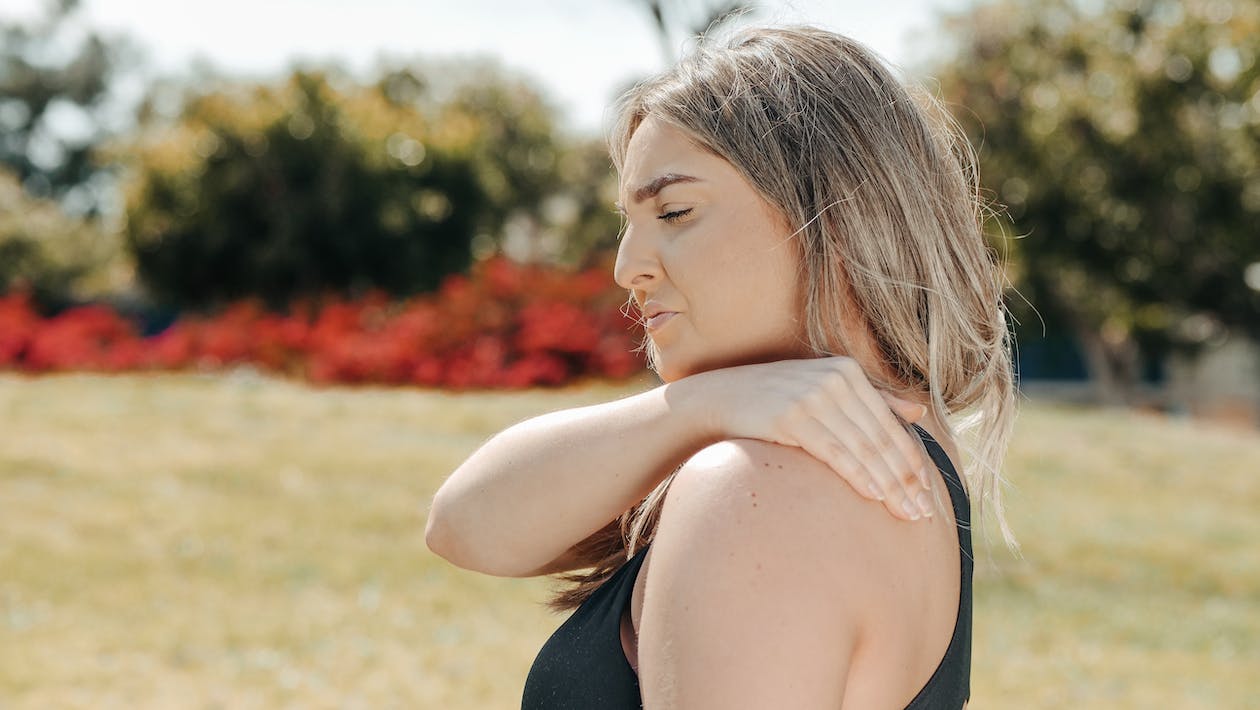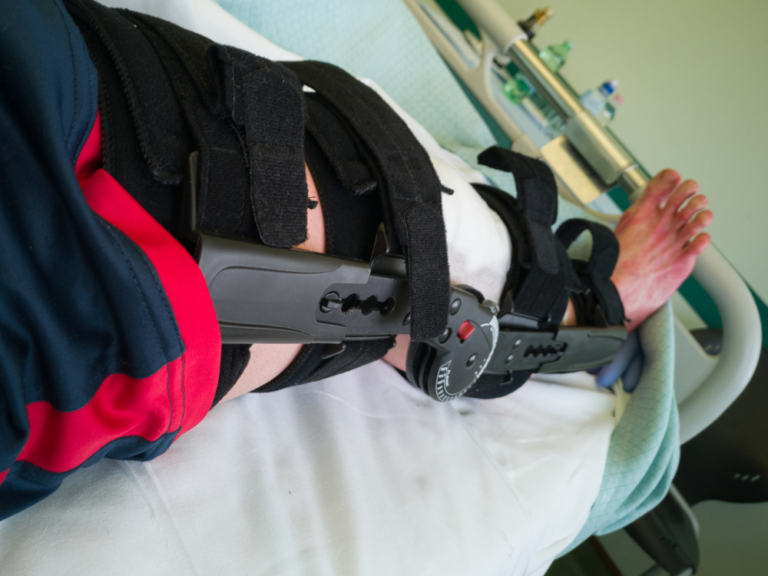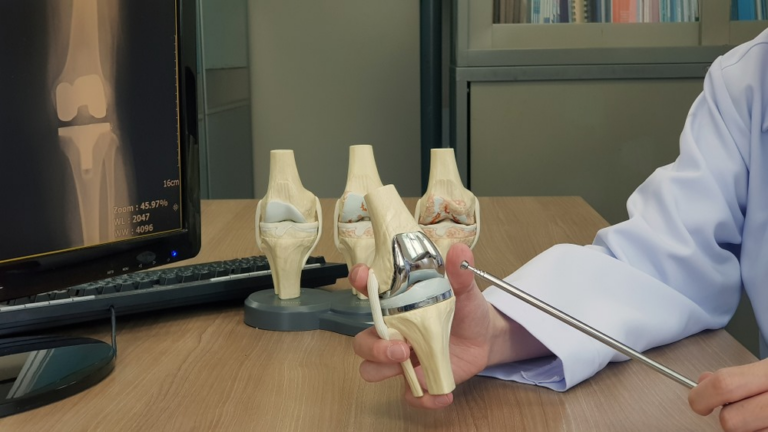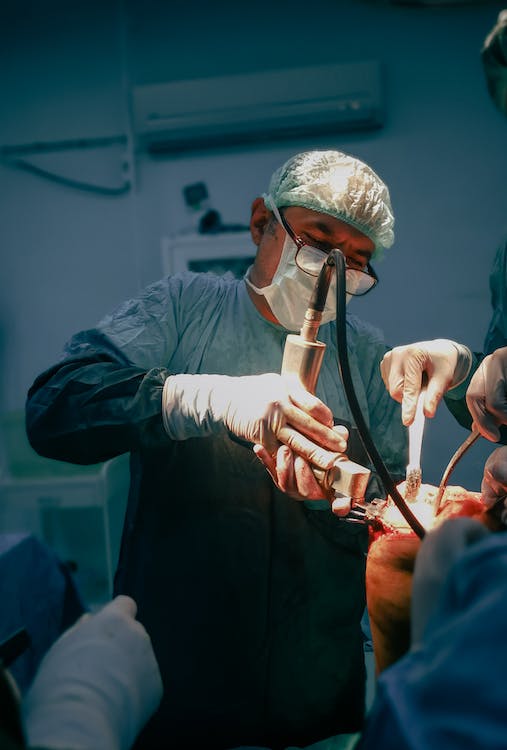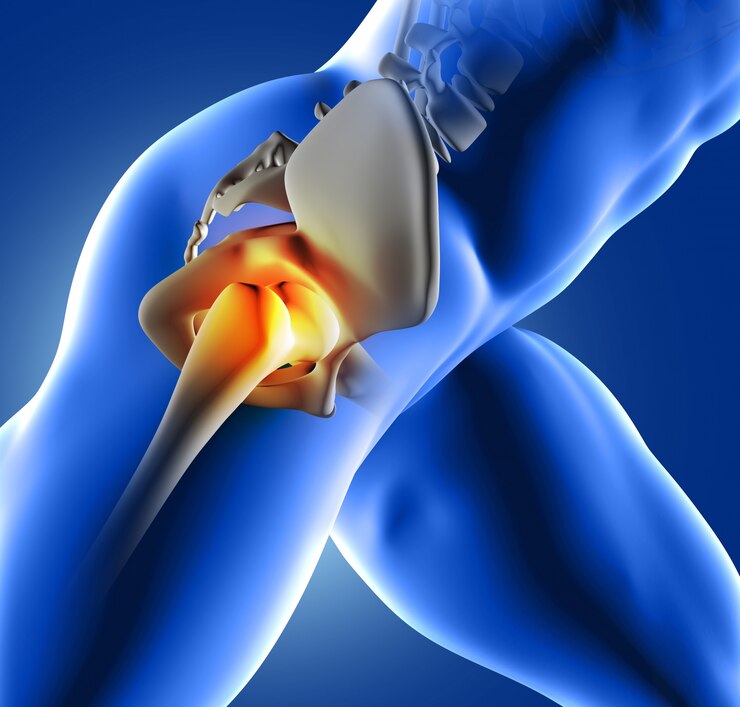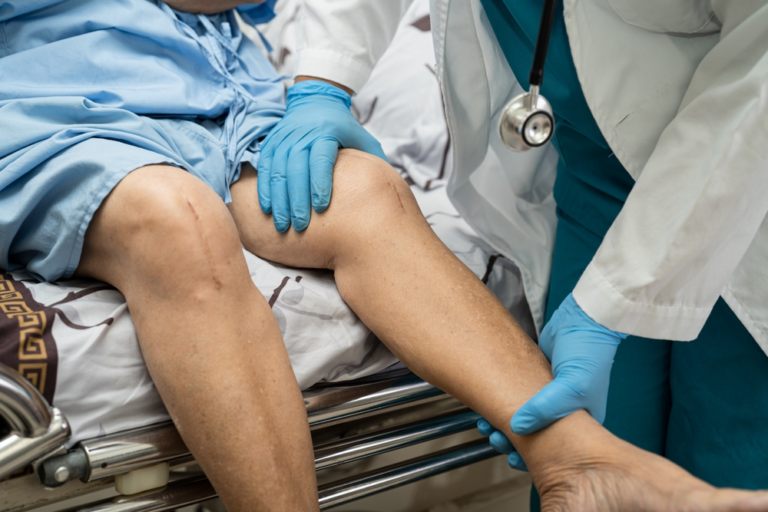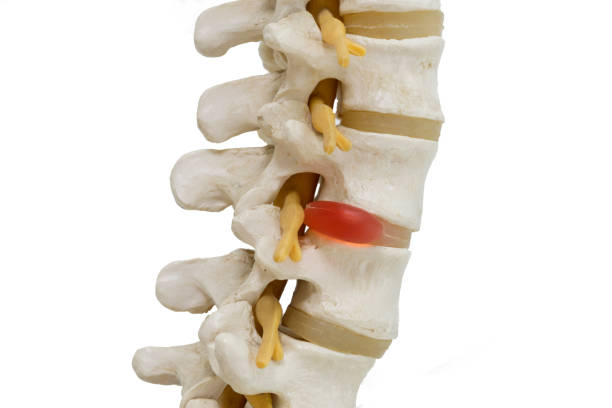Life After Shoulder Replacement: Restoring Mobility
After undergoing shoulder replacement surgery, it is necessary to perform certain exercises to help strengthen the shoulder and arm to encourage recovery from the surgery. Immediately after surgery, the patient is moved to the recovery room where they will stay for some hours to fully recover from the anesthesia that was used. During this time, their vitals are closely monitored. After they awaken, they are taken to the hospital room.
Due to the regional anesthesia used, the shoulder area will be numb and will likely remain so for another day. The patient will also be unable to move their fingers or hand of the operated arm, because of the anesthesia. The patient may be discharged immediately, or they may stay in the hospital for about two or three days, depending on the progress they make after the surgery. Pain after surgery is managed by medication which is administered by injection and is given as often as it is needed.
An icing device that will help reduce swelling and discomfort is usually placed on the shoulder in the recovery room. The patient is also allowed to take it home and is advised to use it as frequently as possible when needed. Ice packs may also be used in place of the icing device. The arm will usually be in a sling for about 4-6 weeks after the surgery. The arm is usually numb after the surgery until the regional anesthesia wears off in about 12-18 hours. When the patient can move their hands again, they are advised to begin making fists and to hold them for 4-5 seconds. This small exercise can help in blood circulation and should be done as frequently as possible.
Post-hospital care: Life After Shoulder Replacement
Once the patient has returned home, they are usually given specific instructions by the doctor which should be strictly adhered to. These instructions are usually for the first few weeks following the surgery. They are also given prescriptions for pain and other drugs like anti-inflammatory medications like aspirin, which help in the prevention of clots. The pain medication should be taken only when the patient is experiencing pain. The anti-inflammatory should be taken as prescribed.
What are the physical therapy and exercises done?
Being physically active is a very essential part of recovery. Before leaving the hospital, the patient is usually given some physical therapy exercise plan to follow. The patient will usually go back to the hospital after a week post-operation so the surgeon can observe the healing of the incision site. The patient then makes an appointment with a physical therapist within the second week. They may be instructed in or assisted in performing particular exercises by the physical therapist to strengthen their arm and shoulder. The doctor could advise the following exercises, which should be carried out as directed:
Elbow range motion
The sling is removed before this exercise is done. With the arm bent at a 90-degree angle, bend and straighten the arm as though brushing something in front. The exercise should be repeated 30 times, three times a day. This exercise will help avoid elbow stiffness; due to the arm being in a sling for a protracted period.
Grip strengthening
The patient begins the exercise by holding a rubber ball or creating a tight fist. The position is held for about 10 seconds and then released. Three times a day, the motion needs to be done 30 times. The exercise works on the hand, preventing blood clots.
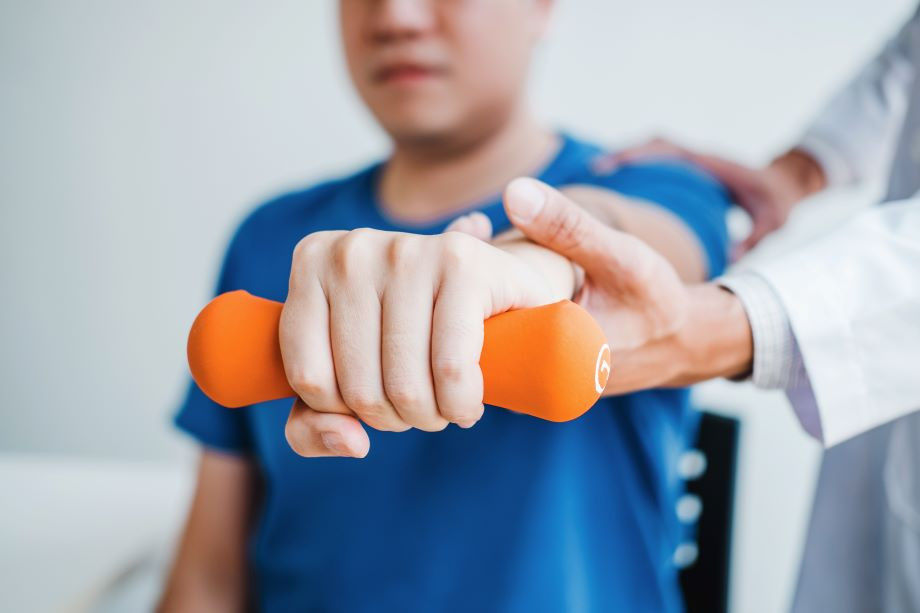
- Scapula retraction
This exercise is started by standing straight. The shoulder blades are pinched together and held for about 10 seconds. Then they are relaxed and the exercise is repeated. Three times a day, the motion needs to be done 30 times. The exercise helps strengthen the muscles around the shoulder blades and allows the freer and more effective movement of the shoulder
Supported arm pendulum
This exercise is started by bending over at the waist. The body is supported by the hand that was not operated on, on a table or chair. Using the other arm, make small clockwise and anti-clockwise circles. Three times a day, do this workout 30 times.
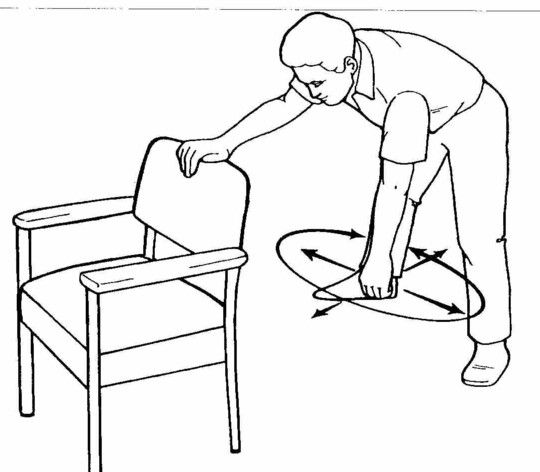
External rotation
Begin this exercise by bending the arm, on the side of the operated shoulder, at a 90-degree angle. Keeping the elbow against the body, use the other hand to gently rotate the forearm outward until the arm is pointing in the front. Repeat the exercise 30 times, three times a day.
Caring for the incision: Life After Shoulder Replacement
The patient will usually have stitches running along the incision site on the front of their shoulder. These will usually be removed after a week of surgery at the first follow-up appointment. If there is any swelling, draining, redness, increased pain, or development of a fever, the surgeon should immediately be contacted. The incision is usually covered with a dry bandage before the patient leaves the hospital. The incision should be kept clean and dry.
The dressing can also be changed daily, and a small amount of blood on the dressing is not uncommon. The patient is advised not to shower or bathe until the follow-up appointment. This is because the incision has not yet healed at that time, and getting it wet puts the shoulder at a higher risk of infection. After the removal of the stitches, and if the doctor okays it, the patient can then get a shower or allow water to run down the wound. They shouldn’t use that opportunity to get in a tub or Jacuzzi to soak the wound. They should pat the incision site dry after showering.
Follow-up
It is crucial to schedule the first post-operative appointment before the surgery. They usually also take an X-ray during the appointment, so the patient should be there at least 30 minutes before the appointment. The orthopedic surgeon will schedule follow-up appointments for the first year after the procedure at the following intervals: one week, two weeks, six weeks, three months, six months, and twelve months. After that, the patient is asked to return for yearly appointments so the surgeon may evaluate the implant’s condition and functionality.
The information provided in this blog is for educational purposes only and should not be considered as medical advice. It is not intended to replace professional medical consultation, diagnosis, or treatment. Always consult with a qualified healthcare provider before making any decisions regarding your health. Read more

